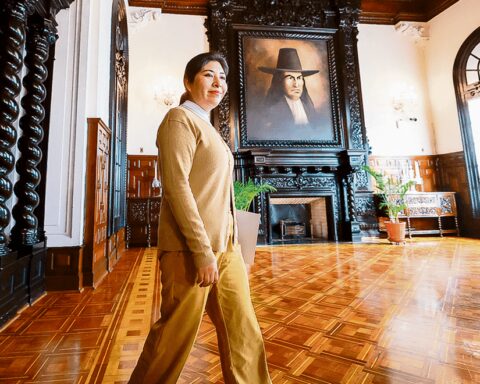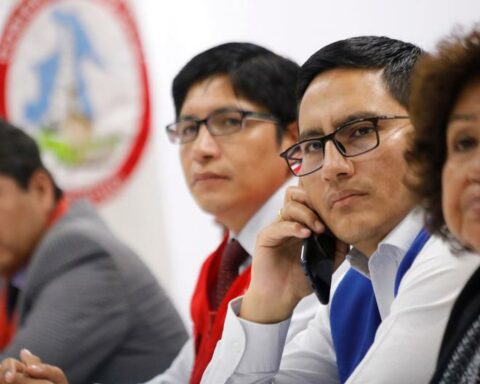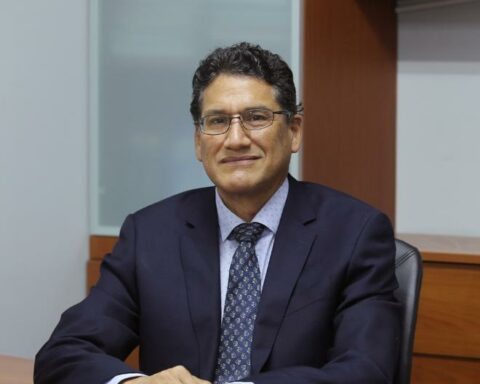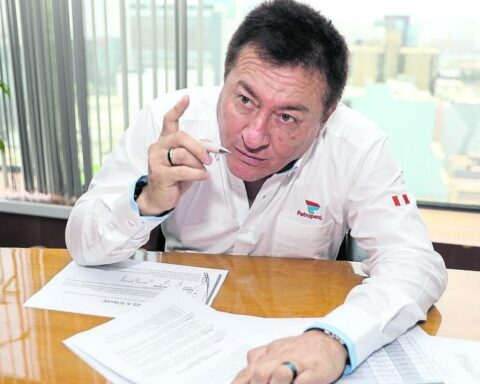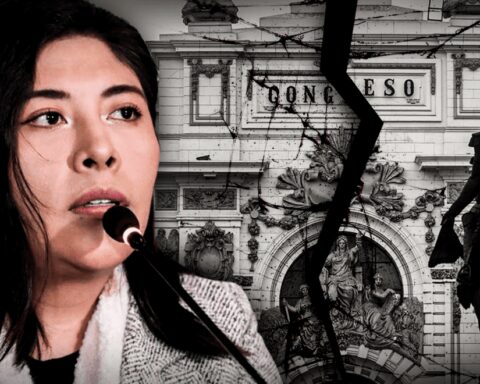The Minister of Economy and Finance, oscar grahamassured this Thursday that the Government maintains the growth forecast for the Peruvian economy for 2022 at 3.6%, despite the adverse external outlook and the abrupt collapse of the international price of copper.
“I am still optimistic about maintaining this level of growth. It is an optimism based on the information we have to date on the recovery of mobility, the recovery of various economic sectors (…) and large projects that will give us a boost at macroeconomic levels.Graham said at a conference with the Peruvian Foreign Press Association (APEP).
It is worth noting that copper prices hit their lowest level since November 2020 on Wednesday as central banks began raising rates rapidly to quell inflation that hit multi-decade highs, sparking fears of an economic downturn.
Benchmark copper on the London Metal Exchange (LME) was down 0.2% at $7,342 a tonne at 1555 GMT, after touching $7,160.
Metals have also come under pressure from weak demand in top consumer China, where COVID-19 lockdowns disrupted manufacturing.
The minister, who insisted on the “resilience” of the Peruvian economy and its solidity in fiscal terms, did not want to anticipate whether the Executive will revise its economic forecast for this year downwards, although he acknowledged that external conditions are less favorable due to the process inflationary, the decrease in the performance of the stock markets and the increase in interest rates.
“According to the projections we have, Peru is going to be one of the countries that is going to lead the growth of the region.”, he indicated after recalling that the Government sent a bill to Congress last April that proposes an orderly and gradual reduction of the fiscal deficit and public debt.
This legislative initiative, he pointed out, establishes rules that may imply reaching a fiscal deficit of 1% of GDP and a public debt of around 30% in 2026.
recovery process
Graham assured that Peru is currently in a “economic recovery process“which is not only”a statistical rebound” compared to the 11% contraction that it suffered in 2020, due to the impact of the pandemic, but also as a result of the dynamism of the non-primary sectors, mainly.
In this sense, he highlighted the 53.4% growth of the accommodation and restaurants category until April of this year, compared to the first quarter of 2021, and highlighted the poor performance of the fishing sector, which in the same period registered a drop of 28.5%. , explained by “climatic factors”.
Regarding the economic progress of 3.8% reported in the first quarter of 2022, the official asserted that this would have been greater if it were not for the conflicts that paralyzed the operations of large mines such as Las Bambas and generated a negative impact of 0.2% of GDP.
However, he underlined the progress of vaccination against COVID-19 as the main encouragement of greater mobility, which, he assured, will not be affected by “drastic measures” in the face of the fourth wave of the disease that the country is going through.
Graham also mentioned the acceleration of public investment from June and the recovery “progressive” of formal employment, which last May registered an increase of 6.1% compared to the same month of 2019.
Unlock projects
Likewise, he highlighted the unlocking of “major projects” of infrastructure and mining that, he assured, will maintain private investment this year at the historical level registered in 2021.
Specifically, he highlighted the Quellaveco mining project, in the southern region of Moquegua, which achieved its first production of copper concentrate on July 12 and plans to start commercial operations in the second half of this year.
He added that this project, which involves an investment of US$5.3 billion, will contribute 0.4 percentage points to GDP in 2022 and around one point next year.
bonds against inflation
Regarding inflation, which in May reached an accumulated rate of 8.36% in the last 12 months, the minister was ambiguous when initially pointing out that it is expected to reach its peak in the third quarter of this year and later mentioning that, according to the Bank Reserve Central (BCR), the peak would have been reached last June.
He emphasized, however, the Government’s commitment to serving the most vulnerable populations in the country, where poverty affected 25.9% of its population in 2021.
Along these lines, he highlighted the temporary exemption from the Selective Consumption Tax (ISC) on the most consumed fuels in the country, as well as the General Sales Tax (IGV) on foods that have the greatest impact on the basic basket of households with minors. income.
Likewise, he referred to a bill that seeks to authorize supplementary credits to be used for a food voucher of S/ 300 (about US$ 75) that, initially, would benefit more than 1.5 million citizens enrolled in social programs and Later, it would reach more than five million people.
Finally, Graham highlighted the efforts of the Peruvian Government in the process of accession to the Organization for Economic Cooperation and Development (OECD), a challenge that, he insisted, must “jointly assume both the Legislative and Executive powers and, of course, with the participation of civil society and the different business associations”.
With information from EFE




